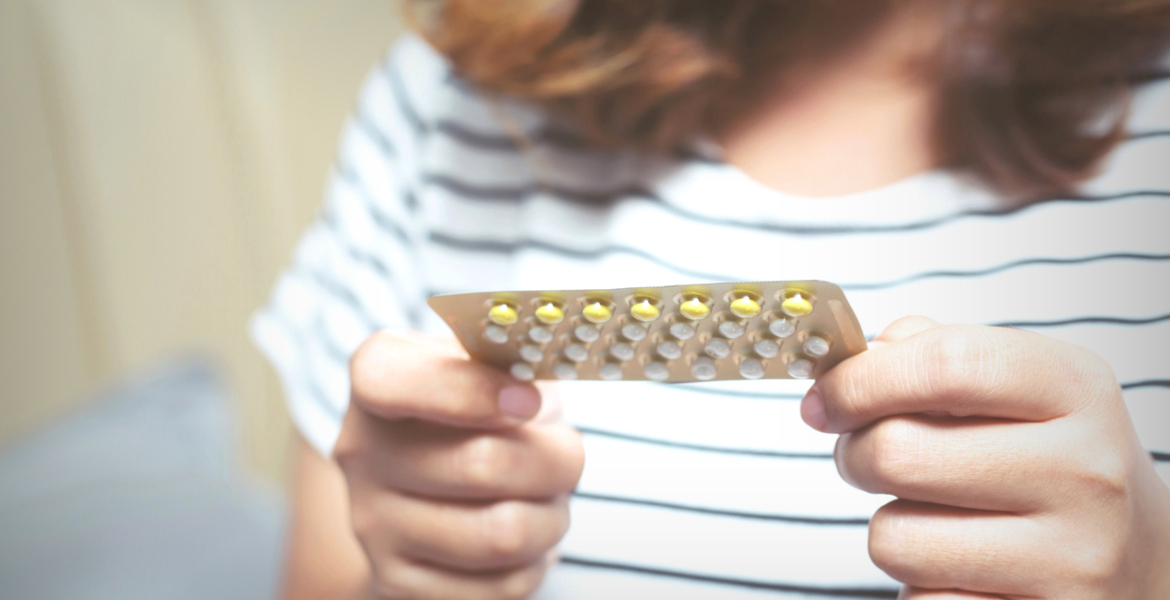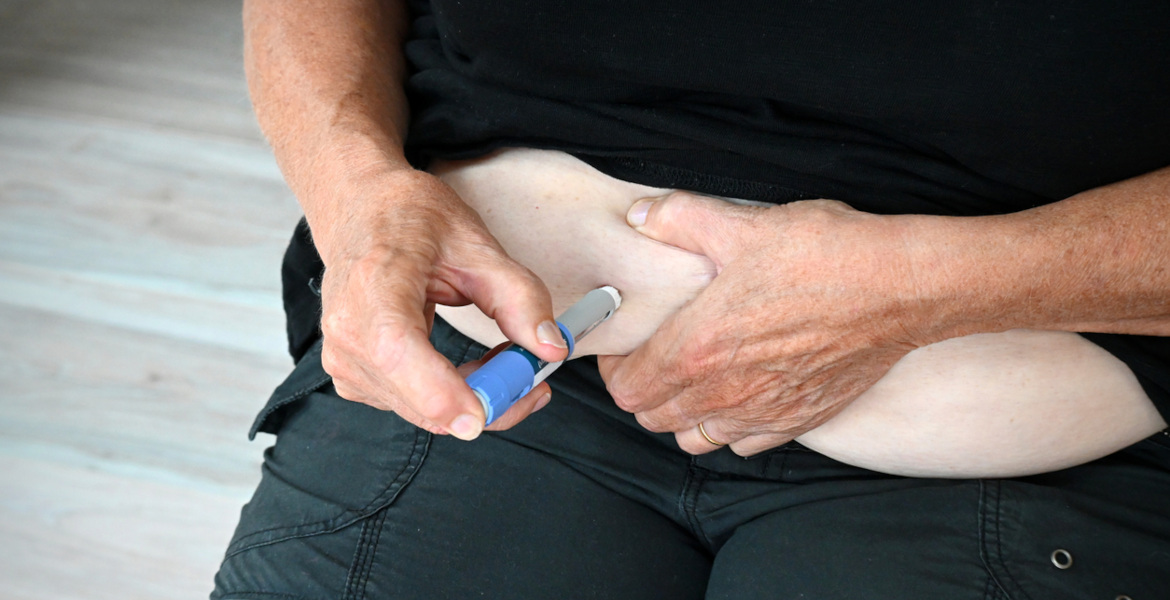Use of the contraceptive pill can double the risk of heart attack and stroke, according to a study from Nordsjællands Hospital in Denmark. However, the researchers emphasize that the absolute risk is low and remind that there are alternative contraceptives.
Previous research has shown that hormonal contraceptives with estrogen increase the risk of blood clots in the bones and lungs. However, the link between contraceptive pills and the risk of cardiovascular disease has been less studied.
The study, published in the BMJ, is based on data from 2.2 million Danish women between 1996 and 2021. The researchers analyzed who suffered from blood clots in the brain and heart and examined the association with contraceptive use.
The results show that the risk was highest for women who used the pill, the contraceptive ring or the contraceptive patch, which contain both estrogen and progestin. Progestin-only pill use also increased the risk, but to a lesser extent, by 50%.
– In figures, our study shows that if 100 000 women took the pill for a year, 21 more would develop blood clots in the brain and 10 more in the heart, compared to if they did not take the pill, lead researcher Amani Meaidi told Norwegian state broadcaster NRK.
Health care should take account
The researchers emphasize that the risk of heart attack and stroke before menopause is very low. Even if the risk doubles, it is still a rare side effect. At the same time, they believe that healthcare providers should take this into account when prescribing contraceptives.
Meanwhile, IUDs stood out in the study by showing no increased risk of heart attack or stroke. The researchers believe that this may be due to the low hormone content, but other factors may also play a role.
– It is important that we as doctors and researchers continue to be curious about the side effects of hormonal contraceptives, so that we can help women choose the safest one, says Meaidi.
Previous studies have also shown that the pill can increase the risk of depression.







